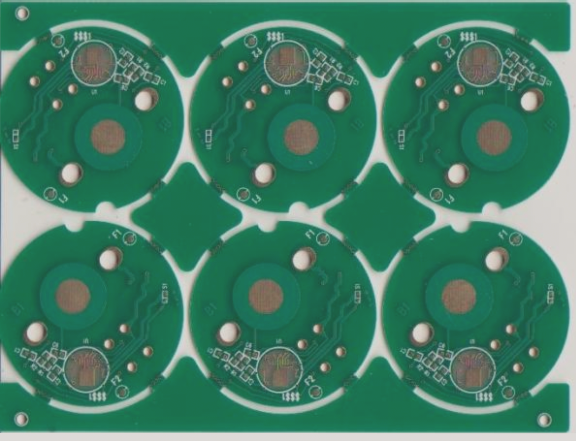PCB Aluminum Electrolytic Capacitors: Key Considerations
- PCB aluminum electrolytic capacitors utilize an aluminum cylindrical shell as the negative electrode, filled with a liquid electrolyte, offering large capacitance values at an affordable price point.
- Capacitance values range from a fraction of a microfarad to tens of thousands of microfarads, with voltage ratings typically between 5V and 630V and a capacitance tolerance of around ±20%.
- ESR (Equivalent Series Resistance), ESL (Equivalent Series Inductance), and leakage current are crucial factors beyond capacitance in aluminum electrolytic capacitors.

ESR and Filtering Efficiency
- ESR represents the effective series resistance in real capacitors, impacting filtering efficiency and lifespan due to heat generation.
- Inductive characteristics and leakage current in aluminum electrolytic capacitors reduce filtering effectiveness, especially at higher frequencies.
- Designers often parallel capacitors and add smaller types for improved filtering and noise reduction.
Lifespan and Replacement
- Electrolyte volatilization leads to inevitable capacitor failure, with temperature being a critical lifespan factor.
- Quality capacitors from brands like NICHICON or RUBYCON can last over a decade, while lower-quality ones may fail within 3 to 5 years.
- Voltage derating is crucial during replacement to ensure extended lifespan, with a recommended 15% voltage margin.
- Correct polarity installation is vital to prevent hazards, as reversing polarity can lead to dangerous explosions, especially with high-voltage capacitors.
If you require PCB manufacturing services, feel free to contact us.



